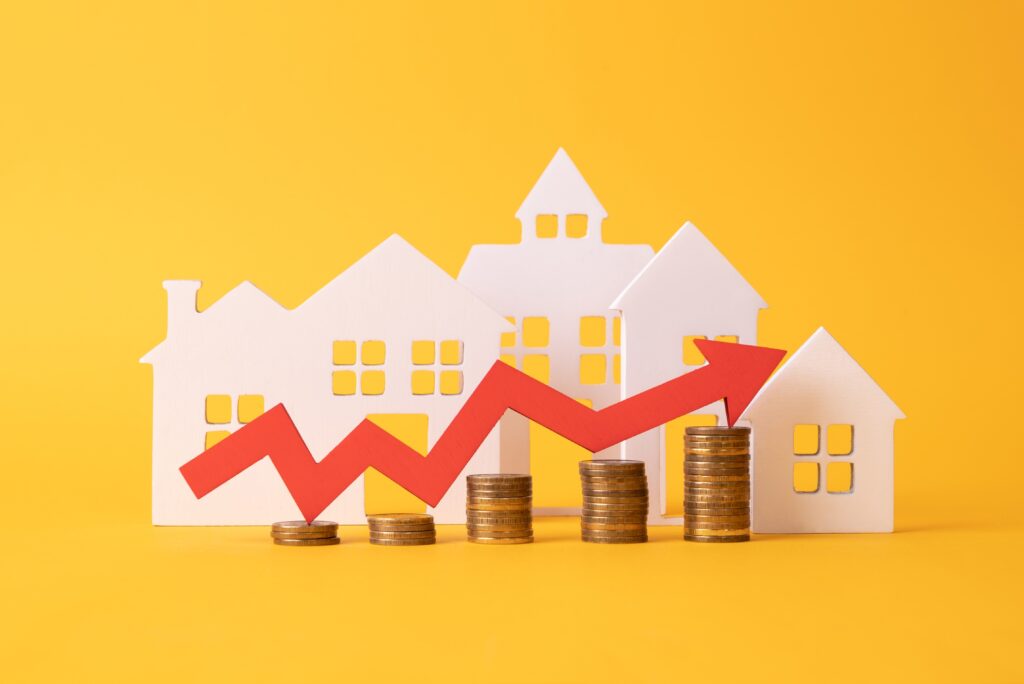Let me preface all of this by saying I do not own a home.
When I was a journalist, I spent most of my time either on the road or in the newsroom, so buying a home didn’t make much sense.
Now that I’ve transitioned to an equity research analyst living in South Florida, neither my wife nor I has ever felt the urge to buy a home.
It’s not that we are against homeownership; however, it is nice that if something breaks where we live now, all it takes is a phone call, and someone comes over to fix it.
More importantly, I don’t get saddled with a massive bill after the work is done.
That doesn’t mean there isn’t some part of me that regrets not owning my own home. After all, there’s just something magic about saying “this is mine” when it comes to where you live.
The reason I bring up homeownership is that something has happened in the housing market that could turn things on their head.
Let me explain…
The Case For New Over Existing Homes
When you’re in the market to buy a home, you basically have two choices:
- Buy a home someone has already lived in.
- Build your own home, brand new.
There are pros and cons to both options.
If you buy a home someone else has lived in, you’ll likely have to make a decent amount of upgrades to get the house to look like you want it. Even then, it may not be 100% to your liking.
You also don’t have to scout for land, buy the parcel and all of those things associated with buying a brand new home.
However, if you do build your own home, you can customize it exactly the way you want…
You want the entire house to have speakers connected to one television? Can do.
Do you want heated sidewalks to melt snow? That can be done.
And, buying an existing home has generally been cheaper than building one from the ground up… until now.
Recent data suggest that purchasing a new home may be more cost-effective than buying an existing one.
It’s the first time in more than 50 years that building a home has been cheaper.
That’s a far cry from just 10 years ago, when homebuilding was 40% more expensive than buying an existing home.
The reason for the change is two-fold:
- Homebuilders are building smaller homes and providing incentives to homebuyers in a market where affordability is a challenge.
- Existing home prices have been driven up by low inventory, as current homeowners are reluctant to sell because they’ve locked in low mortgage rates from previous years.
This latest development should provide a boost for homebuilder stocks.
That led me to do a deep examination of that very sector…
Homebuilder Stocks Show Promise
The next part of the analysis involves conducting an X-ray of homebuilding stocks.
This includes taking as many homebuilding stocks as I can find, and running them through Adam’s Green Zone Power Ratings system to see where they stand.
I started with the SPDR S&P Homebuilders ETF (XHB), which holds 34 stocks and tracks the homebuilder segment of the S&P Total Market Index.
XHB Earns A “Neutral” Rating
The average overall rating of the 34 stocks held in XHB is a “Neutral” 53 out of 100 on the Green Zone Power Ratings system.
Of those 34 stocks, 12 rate 70 or above overall, while only eight rate below 30.
Here are the number of stocks rated 70 or above in each of the six factors:
- Momentum: 5.
- Size: 1.
- Volatility: 1.
- Value: 15.
- Quality: 26.
- Growth: 14.
What all of this tells me is that the sector is so-so on Momentum… perhaps just starting to shake off a sluggish period — XHB is down 11.6% over the last 12 months.
However, the fundamental factors of the sector appear very strong, with outstanding quality, substantial value and growth.
There is some potential for homebuying stocks to climb back to their 2024 highs, and the affordability news could be just the catalyst those stocks need to move forward.
For now, however, it’s best to wait for stronger momentum and less volatility in the sector before deciding to invest.
That’s all from me today.
Until next time…
Safe trading,
Matt Clark, CMSA®
Chief Research Analyst, Money & Markets
